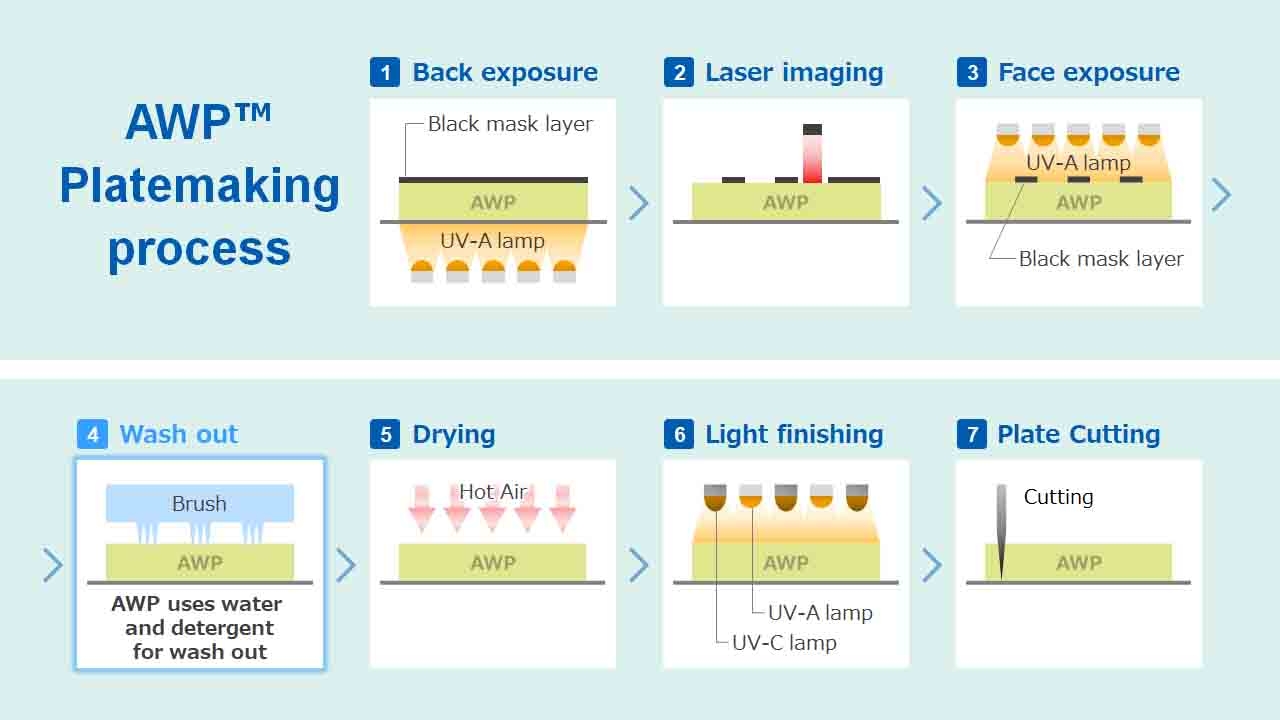Label Power celebrates 20th anniversary
Hence today, with the first 20 years behind it and anticipating to what he refers as its ‘20/20 goal’, James Malone’s Label Power can confidently go to market under the banner of ‘We print labels and tags or supply you a solution so you can print your own’.
It is a matter of record that Label Power was one of Australia’s early companies, if not the first to focus on full color desktop roll-to-roll label printing. Its current portfolio includes Epson, VIP Colour and Primera. In addition it represents a wide range of labeling software packages and recently has been bundling DPR Scorpio’s digital laminator/die-cutter/slitter rewinder with the VIP Color VP700 to enable small to medium size print shops to supply any size or shape full color labels on demand. A recent move by Honeywell to buy Datamax and Internec has added this powerful brand name to Label Power’s impressive inventory of representations.
Everyday bread and butter
The distinctive aura of label printing ink was probably predominant already in the nursery of the one-year old Malone, whose parents had established All Mark Industries in Auckland, where James gained his early exposure to label making. The 1970s pioneer All Mark later translated into today’s Rapid Labels via McCollam/Bluestar.
That labels had become part of his everyday bread and butter was in evidence soon after Malone’s arrival in Brisbane, in the form of a four-man partnership focused on a 2-color 10in web width Mark Andy water-based flexo press which is, amazingly, still operational today, albeit as a 4-color unit.
A mere two years later, thanks to a friendly bank manager, Malone was able to buy out his three partners and his solo CEO career was off and running. And while today the company’s product output ranges across virtually all aspects of the label spectrum, the early years were confined to producing in the main blank 1- and 2-color self-adhesive labels with a focus on the VIP market. Already those early years witnessed his vision to involve sales of labeling software, ribbons, thermal and thermal transfer printers from Datamax and Zebra.
Inevitably, the ever-growing inventory and market penetration began calling for larger manufacturing premises and the end of the 1990s saw the move into a seemingly luxurious spacious Brisbane’s West End factory. Not that spare space was long to represent a problem, given the purchase that year of a 6-color UV flexo Mark Andy press, a major move for the fledgling Label Power. The company’s market penetration and progress soon proved the need to convert the new press into an 8-color powerhouse.
By the early years of the new century, urban sprawl forced yet another move, this time abjuring the rental market by the purchase of its current 1,500sqm Acacia Ridge factory. Asked whether this represented the end of constant production space upgrades, Malone confirms that in the absence of any further capacity potential at West End, new premises are being considered.
‘To allow wider market coverage and quicker turnaround to customers, the next move could even be in a different state,’ he explains.
Getting digitally serious
While its early years saw Label Power retain its loyalty to the flexo market in general and to Mark Andy in particular, much market (and soul) searching finally saw the company make the first serious commitment to digital trends with the purchase in 2013 of its initial HP Indigo label press, becoming one of the first printing companies in the region to introduce the HP Indigo linked to a AB Graphic Digicon finishing line.
In addition to the HP Indigo move, the company also employs a Primera CX1200 and FX1200 for its short run requirements, a component of the Primera range of color inkjet and laser printers which Label Power itself has been bringing to market since the early 2000s. The success of these moves has been highlighted by significant resultant market acceptance and growth, prompting the latest upgrade – in 2015 – to a brand new HP WS6800 with in-line priming, which is currently operating two shifts. If that year marked an investment of such magnitude, the high water mark was attained one year later when major equipment upgrades took place, including an 8-color MPS EF330 Servo flexo with screen and cold foil and two AB Graphic Series 2 Digicons. Commenting on these bold expansion moves which have coincided with a 30 percent boost to Label Power’s work force, Malone says: ‘High quality labels with embossing or screen should be available from Australian owned and operated sources and not merely from multinationals’.
It is a mark of the man and his company’s sense of responsibility toward its industry that Malone has often said that, having recently graduated an apprentice, it would welcome the opportunity to employ more. Regrettably it would seem that in Brisbane at least, attracting suitable young people to an industry which is dramatically turning digital by the day appears to be a hurdle of considerable heights.
It is equally a mark of the company that its forays into the market are underpinned by authentication by relevant industry standards. Examples include its emphasis on food packaging for which Label Power’s beverage, meat and other food labels are now manufactured in a fully HACCP-certified facility, a systematic preventive approach to food safety and pharmaceutical safety that identifies physical, chemical, and biological hazards in production processes. As a major label and tag supplier to Australian food industries, it was essential for Label Power to invest in developing systems and procedures to enable HACCP certification. In addition, Label Power’s ongoing commitment to quality products and service is now backed by the NATA Certification Services International’s Q-Base Quality Assurance Program.
Equally, its industry responsibility was quickly in evidence in the merger of the Flexo Industry Association with LATMA earlier this year to establish a new combined body (FPLMA), of which Label Power was an early member.
Crystal balling
Notwithstanding the apprentice glitch, along with most people in today’s Australian label market Malone views the future with realism and down-to-earth rationales. As a small-to-medium size private company, he foreshadows Label Power’s investment in people and plant aiming for what he describes as a 20/20 goal – $20 million AUD (15.23m USD) turnover by the year 2020. On the future of the industry, he contends that the recent spate of private company takeovers by multinationals is ‘a shame’. However, he contends the trend delivers opportunities for the remaining private companies, provided they are innovative and proactive.
As to major industry developments in the coming years, Malone surmises that ‘with desktop color inkjet label printers reaching new levels of quality and inkjet receptive labelstocks coming down in price, expect to see inkjet competing with the small transfer and recent pigment inks on desktop roll-to-roll models, offering durability, quality and UV fade resistance not previously seen.’
‘Furthermore, UV Inkjet is coming on in leaps and bounds but still without the same quality as the digital offset offer from HP Indigo,’ he continues.
In addition, Malone sees one of the biggest developments in the offing as laser die-cutting. As Australian distributor for GCC, he expounds the Taiwanese company’s Label Express as a roll-to-roll laser die-cutting machine that will cut, strip and slit labels up to 380mm wide on web widths of up to 400mm.
Having resolutely and responsibly navigated the past 20 years of print industry changes with considerable success, the Label Power CEO maintains he is looking forward to sharing the next 20 with his peers. With more Malones in the driving seat, it should make for an interesting journey.
Stay up to date
Subscribe to the free Label News newsletter and receive the latest content every week. We'll never share your email address.


